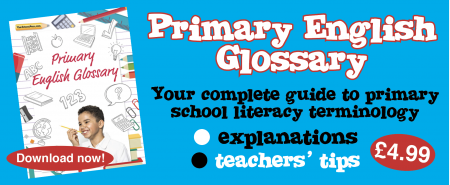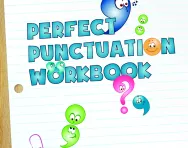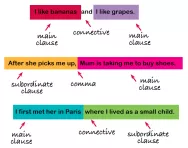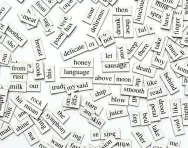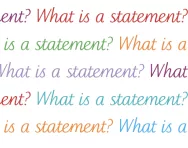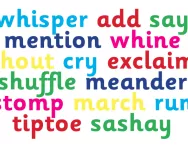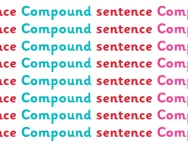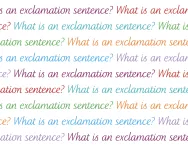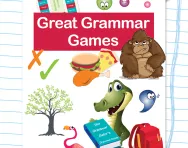Important update from TheSchoolRun
For the past 13 years, TheSchoolRun has been run by a small team of mums working from home, dedicated to providing quality educational resources to primary school parents. Unfortunately, rising supplier costs and falling revenue have made it impossible for us to continue operating, and we’ve had to make the difficult decision to close. The good news: We’ve arranged for another educational provider to take over many of our resources. These will be hosted on a new portal, where the content will be updated and expanded to support your child’s learning.
What this means for subscribers:
- Your subscription is still active, and for now, you can keep using the website as normal — just log in with your usual details to access all our articles and resources*.
- In a few months, all resources will move to the new portal. You’ll continue to have access there until your subscription ends. We’ll send you full details nearer the time.
- As a thank you for your support, we’ll also be sending you 16 primary school eBooks (worth £108.84) to download and keep.
A few changes to be aware of:
- The Learning Journey weekly email has ended, but your child’s plan will still be updated on your dashboard each Monday. Just log in to see the recommended worksheets.
- The 11+ weekly emails have now ended. We sent you all the remaining emails in the series at the end of March — please check your inbox (and spam folder) if you haven’t seen them. You can also follow the full programme here: 11+ Learning Journey.
If you have any questions, please contact us at [email protected]. Thank you for being part of our journey it’s been a privilege to support your family’s learning.
*If you need to reset your password, it will still work as usual. Please check your spam folder if the reset email doesn’t appear in your inbox.
What is sentence level work?
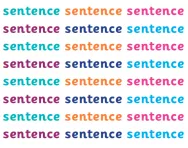
What is a sentence?
A sentence is one word or a group of words that makes sense by itself (a grammatical unit).
Sentences begin with a capital letter and end with a full stop, a question mark or an exclamation point.
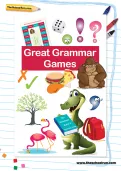
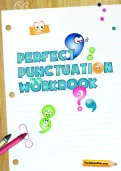
Download Fantastic FREE Grammar Resources!
- Perfect Punctuation Workbook
- Grammar Games Pack
- PLUS 100s of other grammar resources
There are four types of sentence: statements, commands, questions and exclamations.
What is sentence level?
Teachers focus on three areas in literacy: word level work, sentence level work and text level work.
Word level relates to the spelling of individual words.
Sentence level relates to grammar, content and punctuation.
Text level relates to the structuring of a text as a whole, for example: writing a beginning, a middle and an end for a story, using paragraphs, remembering an introduction for a report, etc.
Sentence level work in the primary classroom
Sentence level work could involve the following in Reception, KS1 and KS2:
- Reminding children to use capitals at the start of their sentences and full stops at the end. For this, children need to understand what a sentence is (a grammatical unit made up of one or more words). Lots of practice paying attention to pausing at the full stop when you're reading together at home can help with this.
- Encouraging children to think about where question marks and exclamation marks should go. It is important to discuss with them what these forms of punctuation are for and point them out when reading.
- Showing children how commas are often used to split up clauses in a sentence.
- Modelling correct use of speech punctuation.
- Helping them understand how to make nouns and verbs agree (for example, if a child has written: He take the bucket and spade, this would need to be corrected to: He takes the bucket and spade).
- Modelling making a sentence more interesting by adding adjectives to a noun, or adding adverbs to a verb.
- Showing children how two simple sentences can be joined together using a connective to make a complex sentence. For example: The monster roared loudly. It was hungry. could be changed to: The monster roared loudly because it was hungry.
Sentence level work can be done as a stand-alone activity, for example: teachers may give children worksheets on connectives, punctuation or powerful verbs.
It is also often taught as part of the main literacy teaching of a text; when modelling or editing a piece of writing, a teacher will pay particular attention to sentence level work. Modelling good sentences on the board is crucial for children to be able to learn how to form their own sentences. Reading a range of texts is also very important in terms of getting used to how sentences are structured.
